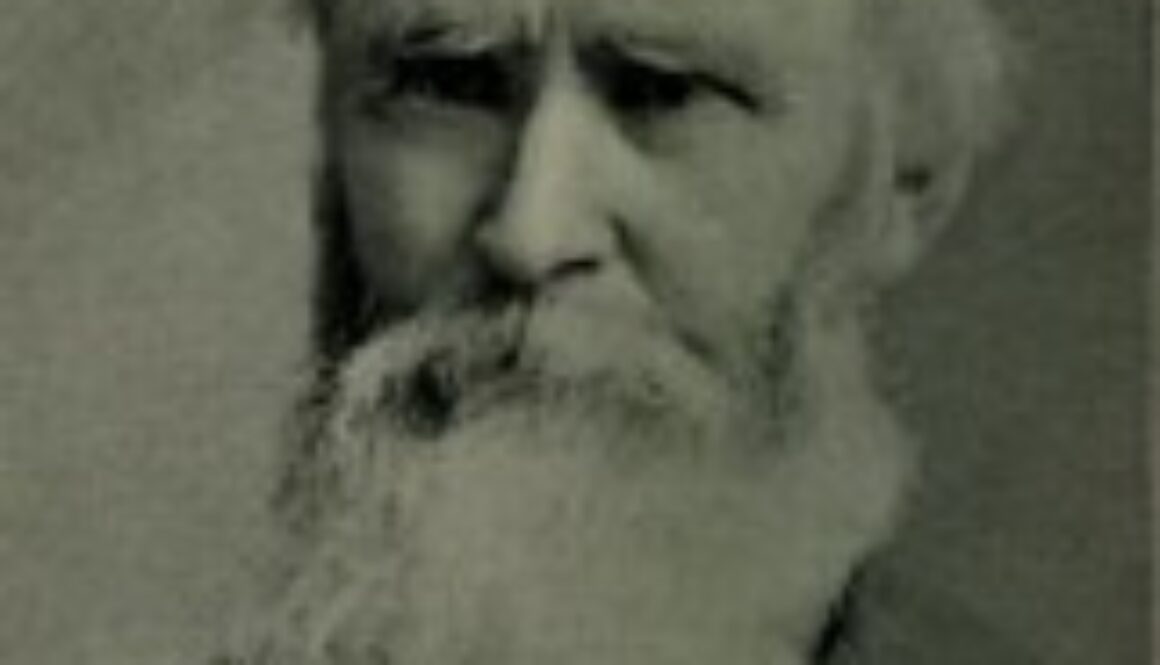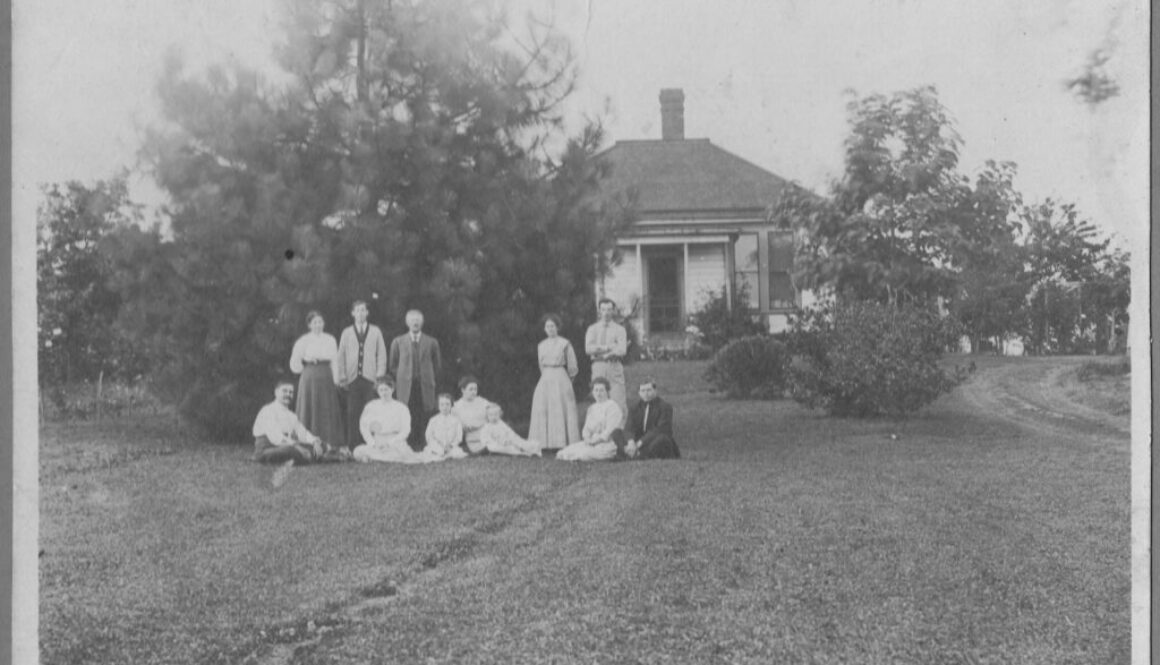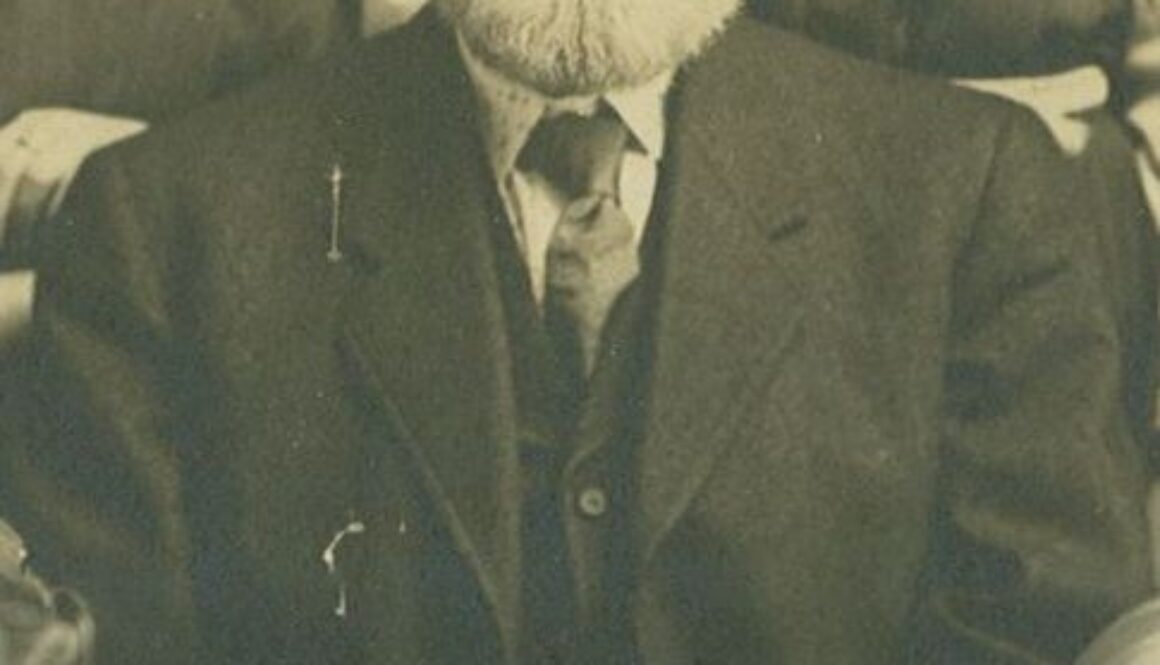Cranston Machinery Company
Cranston Machinery Company
Office Building History
A One Hundred Thirteen Year legacy
By Michael G. Schmeer
Oak Lodge History Detectives
May 2025
It would be hard, when driving through Oak Grove’s commercial district, to not notice the unique building on the N.W. corner of Oak Grove Blvd. and Rupert Drive – across from the Methodist Church. With its two two-story polygonal window bays, enclosed sleeping porch, and full width front porch it’s obviously an old house and seems out of place adjacent to Cranston Machinery’s industrial buildings.
The house was included in the 1984 Clackamas County Historical Resource Inventory Form and is listed with the State Historic Preservation Office (SHPO) as the “Girard-Warren House”, SHPO No. 164, “built in 1910”.
Its history goes back nearly to when Oak Grove was platted in 1890. Platted by Edward W. Cornell as trustee for the Oak Grove Land & Improvement Co., Oak Grove became the property of the Sellwood Land & Improvement Co. in 1901. Basically a real estate company it was the Sellwood Land & Improvement Co. that sold most of the lots in the Oak Grove plat. By 1909 a Portland restaurant owner named Charles F. Girard, with his wife Edna, owned lots 9, 10, 11, and 12 in Block 90 of the First Subdivision of Portion of Oak Grove. These lots front on the north side of today’s Oak Grove Blvd. (then Central Ave.) between today’s Arista Drive (then Railroad Ave.) and Rupert Drive (then Third Ave.) Cranston’s office is located on Lots 9 & 10.
“At last a deal has gone through for property east of the station. We can now look for some nice buildings in a short time” [O.C. Enterprise Dec. 25, 1908]
In 1909 the Girard’s sold lots 9, 10, 11 & 12 to Ida M. Warren, wife of Emmet C. Warren, for $2,500. [Clackamas Co. Deeds Book 108 pp. 84, 85 April 9, 1909] By that time Fred W. Green, a machinist from Portland, and his wife Minnie had purchased the lots directly across the tracks from Girard’s property and had built a two story wood framed commercial building facing Central Ave. (Fred & Minnie Green Bldg. “Green Hall” Lots 9,10 Block 89). The Warrens had been hired as agents to operate the streetcar ticket office in Green’s building, and also ran a confectionery shop there. Warren also partnered with another Oak Grove entrepreneur named Lewis E. Armstrong to sell real estate, calling their enterprise the “Armstrong & Warren Group”. Between the two of them they came to own much of Oak Grove’s commercial lots.
It is unclear exactly when Warren constructed his wood commercial building on lots 11 & 12 in Block 90, across the tracks from the Green building, but it is estimated that it was about 1910. Several businesses came and went in the “Warren Building” in the ensuing years, one of which was the J.G. Turck & Son Hardware.
On Mar. 10, 1912 the Oregon City Enterprise reported: “A beautiful home to be erected in Oak Grove is that of Mr. & Mrs. E.C. Warren which will be completed about April 1. It will have a large reception hall, in the rear of which is to be a handsome fireplace of white tiling over which will be two large electric lights. From this room will lead the living room and dining room on the east side, while on the west side will be the parlor and den, the parlor to be 16 X 16 feet and the living and dining rooms the same in size. There will be four archways.
On the 2nd floor will be 3 bedrooms. The bath, which will be of white enamel, will be on the west side. Each bedroom will be fitted with large clothes closets. Among the conveniences will be the stationary wash trays in the full cement basement, woodlift (sic), electric lights, lavatories on both floors and built-in buffet. Mr. Warren is in charge of the work. There will be two cupolas, each having three windows, on the first floor and three on the lower floor. Mr. Warren is a prominent business man (sic) of Oak Grove and takes an active interest in the town, and the residence will be a great addition to the residence section.”
The same 1912 newspaper article describes the nine-room residence that Lewis E. Armstrong is building across Central Ave. from the Warren’s. This article changes the construction date of the Warren building from SHPO’s 1910 date to 1912.
The Green building across the tracks from Warren’s building burned down in 1914 and Green replaced it in 1915 with a “fireproof” two story concrete building – the building that stands there today. [Oregon Journal Mar. 21, 1915]
A ca. 1915 photo of the Warren Building shows the J.G. Turck & Son
Hardware and a home just to the east of it identified as the “Jack
Warren House”. Though the cupola roof is washed out in the photo the
windows appear to match those of the Warren house. Emmet C.
Warren is referred to as “Jack Warren” in several newspaper
articles between 1909 and 1916.
In 1919 the Warrens sold their lots 9, 10, 11 and 12 in Block 90 to Fred A. Smith and his wife E. Alberta Smith – he being a retired banker from Montana. Smith continued operating Warren’s commercial building until it burned on Jan. 30, 1921, displacing the Post Office, Mrs. Hobkirk’s Confectionery, the P.R. L. & P. waiting room, D.N. Olier’s butcher shop, Mrs. V.G. Benvie’s supply store, F.M. Little’s Grocery and David Smith’s auto repair.
A 1919-1920 photograph of a young Harvey Knott on a tricycle riding west on Central Ave. shows the Fred Smith house on the north side of Central Ave. in the distance, and part of Smith’s commercial building, and the Green building. The Lewis E. Armstrong house is also clearly visible on the south side of Central Ave.
Fred A. Smith died in Los Angeles in 1929, after which Alberta, by then Alberta Hemig (Mrs. Fred Hemig), remarried and in 1938 sold the property to Portland grocers Louis and Alex Gold, who operated an Oak Grove grocery [in 1953 they owned S P Market & Grocery in SE Portland]. Lot 11 later became the site of the Oak Grove Pharmacy, the building of which burned in 1986.
In 1937 Albert E. & Minnie Cranston settled in Oak Grove. Albert incorporated the Cranston Machinery Company there in 1938.
In the ensuing years Cranston Machinery cobbled together ownership of many of the other lots in Block 90. In 1950 the Golds sold Lots 9 & 10 to Belle E. Boyed, widow of Louis Boyed who had owned a woodworking and cabinet shop and lived in the house [Boyed Woodworking & Cabinet Shop; Louis L. Boyed; Clackamas Co. Directory 1947-1948; 1950 Federal Census]. Ultimately Cranston Machinery purchased the lots containing the E.C. Warren house from Belle E. Boyed in 1952. Since then, the company has remodeled the house and converted it into its offices.
Note: Partial attribute for this article goes to research by Dana Beck, writer for “The Bee” – formerly the “Sellwood Bee”.









